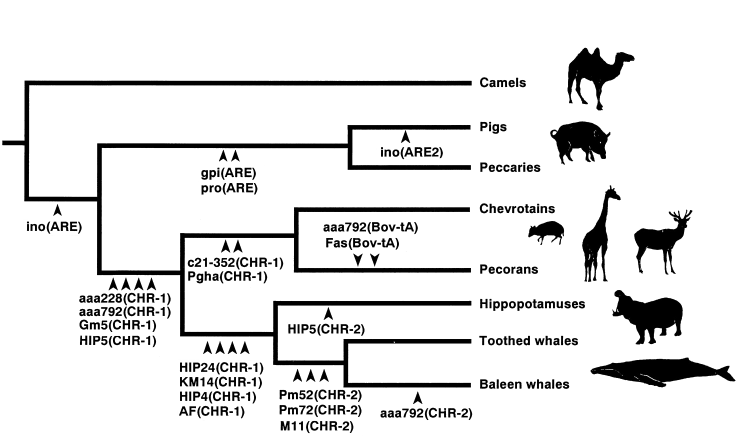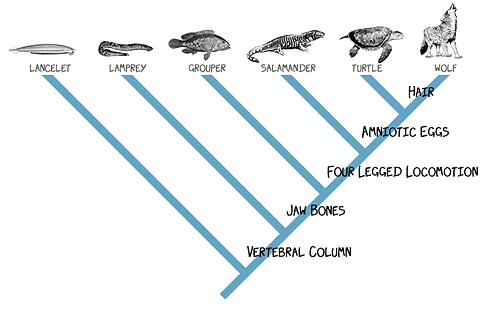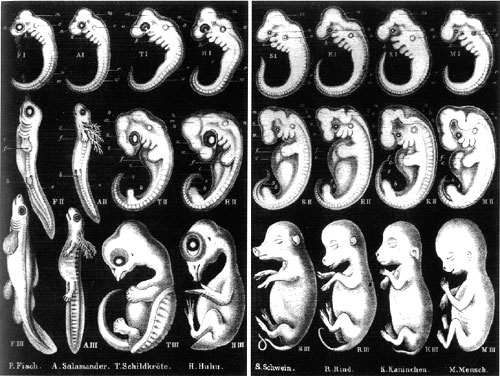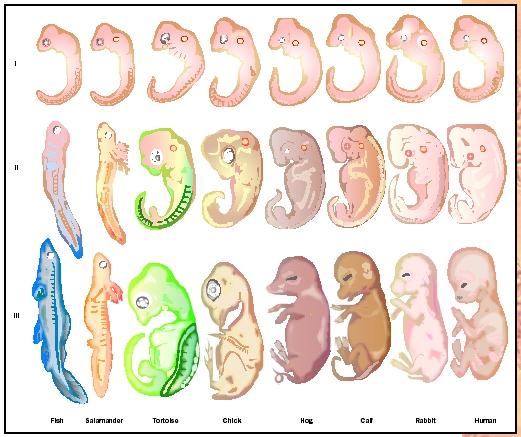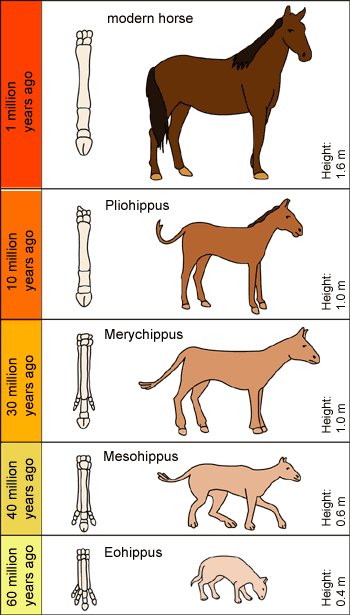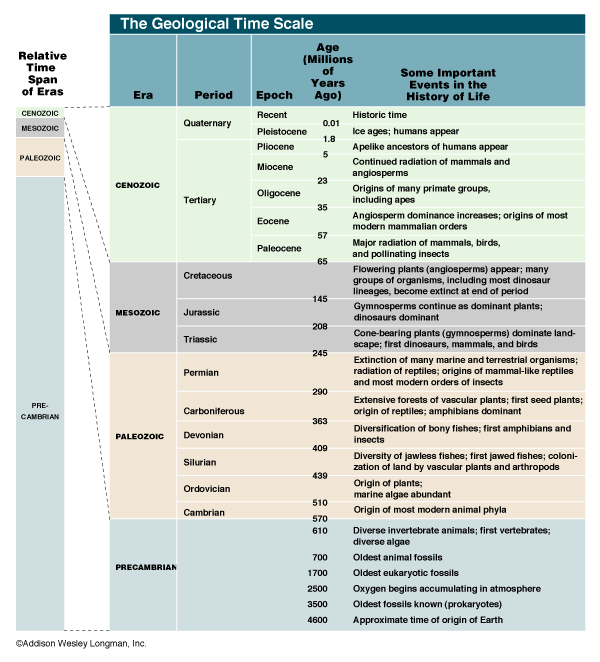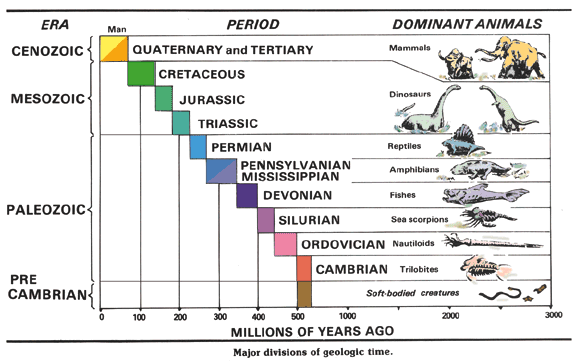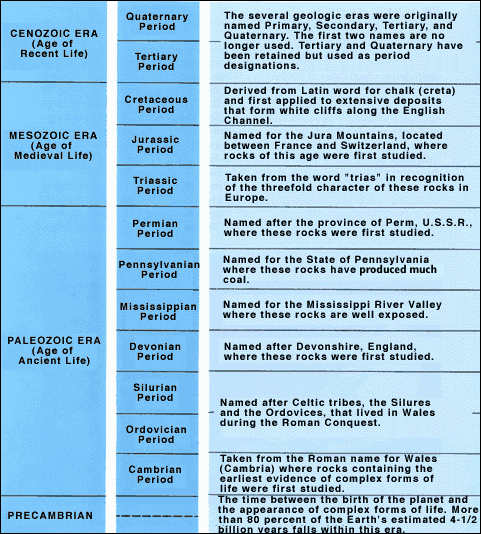Mini labs
IN lab notebooks:
1. Title
2. Background notes/ Observations
3. Problem/question:
4. Hypothesis
5. Record data – either in a data table or general observations
6. Include a Data table when necessary
7. Include a graph when necessary
8. Conclusions
9. Questions to consider
Title:
Adaptations: Our brain's ability to ignore unnecessary information
Read the following passage Qucikly. Count the number of (Fs) that you see.
FINISHED FILES ARE THE RE-
SULT OF YEAR OF SCIENTIF-
IC STUDY COMBINED WITH THE
EXPERIENCE OF MANY YEARS
OF EXPERTS
I cnduo't bvleiee taht I culod aulaclty uesdtannrd waht I was rdnaieg. Unisg the icndeblire pweor of the hmuan mnid, aocdcrnig to rseecrah at Cmabrigde Uinervtisy, it dseno't mttaer in waht oderr the lterets in a wrod are, the olny irpoamtnt tihng is taht the frsit and lsat ltteer be in the rhgit pclae. The rset can be a taotl mses and you can sitll raed it whoutit a pboerlm. Tihs is bucseae the huamn mnid deos not raed ervey ltteer by istlef, but the wrod as a wlohe. Aaznmig, huh? Yaeh and I awlyas tghhuot slelinpg was ipmorantt! See if yuor fdreins can raed tihs too.
Introduction
Termites use trail pheromones to mark a trail which is followed by others. Each individual deposits a small amount of pheromone from a gland onto the surface. The insects also follow certain other chemicals. This effect can be used to show the characteristic trail-following adaptive behavior of the termites.
positive
In biology, `adaptation' refers to the gradual process by which a species becomes
better suited to its environment. For example, humans and monkeys evolved from a
common primate ancestor (Darwin 1859). Psychologists use the term adaptation to refer
to rapid changes in perceptual sensitivity, including the brain's adjustment to brightness
that gives rise to the negative afterimage in the illusion (Clifford and Rhodes 2005).
So, in both senses of the word, our commemorative Darwin Illusion shows adaptation
in action. Basing the illusion around an afterimage also seemed especially appropriate,
given the interests of Charles Darwin's immediate forebears: his father (Robert Darwin)
and grandfather (Erasmus Darwin) both carried out pioneering research into this curious
optical phenomenon (Wade 2002).
The illusion combines two visual effects. First, staring at the picture produces
a negative afterimage, in which the black-and-white pattern is reversed. Second, the
`resolution' of the afterimage is lower than that of the actual image, and so the thin
white lines vanish, making it impossible to see the monkeys (see Harmon and Julesz
1973). To our knowledge, the Darwin Illusion is the first demonstration in which the















